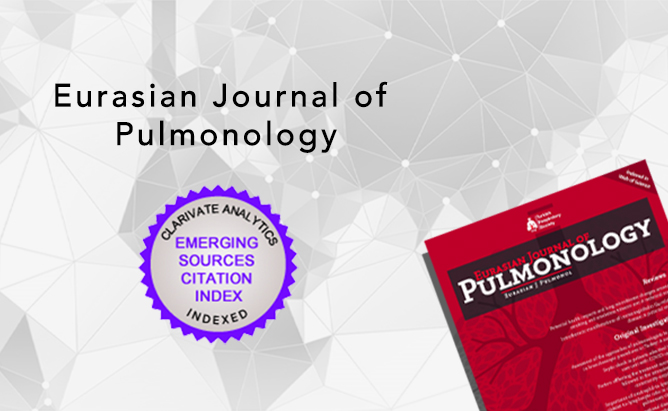2Department of Neurology, Izmir Tinaztepe University, Faculty of Medicine, İzmir, Türkiye
Abstract
BACKGROUND AND AIM: Continuous positive airway pressure (CPAP) treatment is routinely recommended for patients with Obstructive Sleep Apnea Syndrome (OSAS). This study aims to investigate the factors that affect the optimal CPAP pressure level in subjects with OSAS.
METHODS: The records of 100 subjects with OSAS who underwent successful manual titration for CPAP treatment were reviewed retrospectively. In addition to frequently researched variables such as age, Body Mass Index (BMI), Apnea-Hypopnea Index (AHI), and minimum oxygen saturation (SpO2) level, the effects of variables such as comorbidities, Rapid Eye Movement (REM) and/or position dependence, and type of abnormal respiratory events on optimal CPAP pressure level were analyzed. The descriptive values of the obtained data were calculated as mean±SD and median [Interquartile Range (IQR)]. The statistical significance level was set at p<0.05.
RESULTS: The mean age of the subjects was 49.17±10.4, and 81 of them were men. There was a positive relationship between optimal pressure and BMI, AHI, REM AHI, Non-Rapid Eye Movement Apnea-Hypopnea Index (NREM AHI), Supine AHI, and Non-supine AHI (p=0.001). A negative relationship was found between optimal pressure and minimum SpO₂ (p=0.001). Optimal pressure was higher in OSAS subjects without REM and position dependence than in those with position and REM dependence (p=0.001). Optimal pressure was significantly lower in subjects who used nasal masks than in those who used an oronasal mask (p=0.001). As a result, an optimal pressure prediction (Ppred) formula was developed: Ppred=9.366+0.117 BMI+0.043 AHI–0.062 Min SpO₂. While the mean optimal pressure (Popt) obtained by manual titration was 9.5±2.45 cmH₂O, the mean pressure obtained by the new formula (Ppred) was 10.3±1.89 cmH₂O (r=0.64, p<0.001).
CONCLUSIONS: In summary, the present study extensively examined the factors that affect optimal CPAP pressure, and a new prediction formula was developed. Also; “Can CPAP pressure prediction formulas be used in a pandemic?” the question has also been discussed.




 Hakan Koca1
Hakan Koca1 




